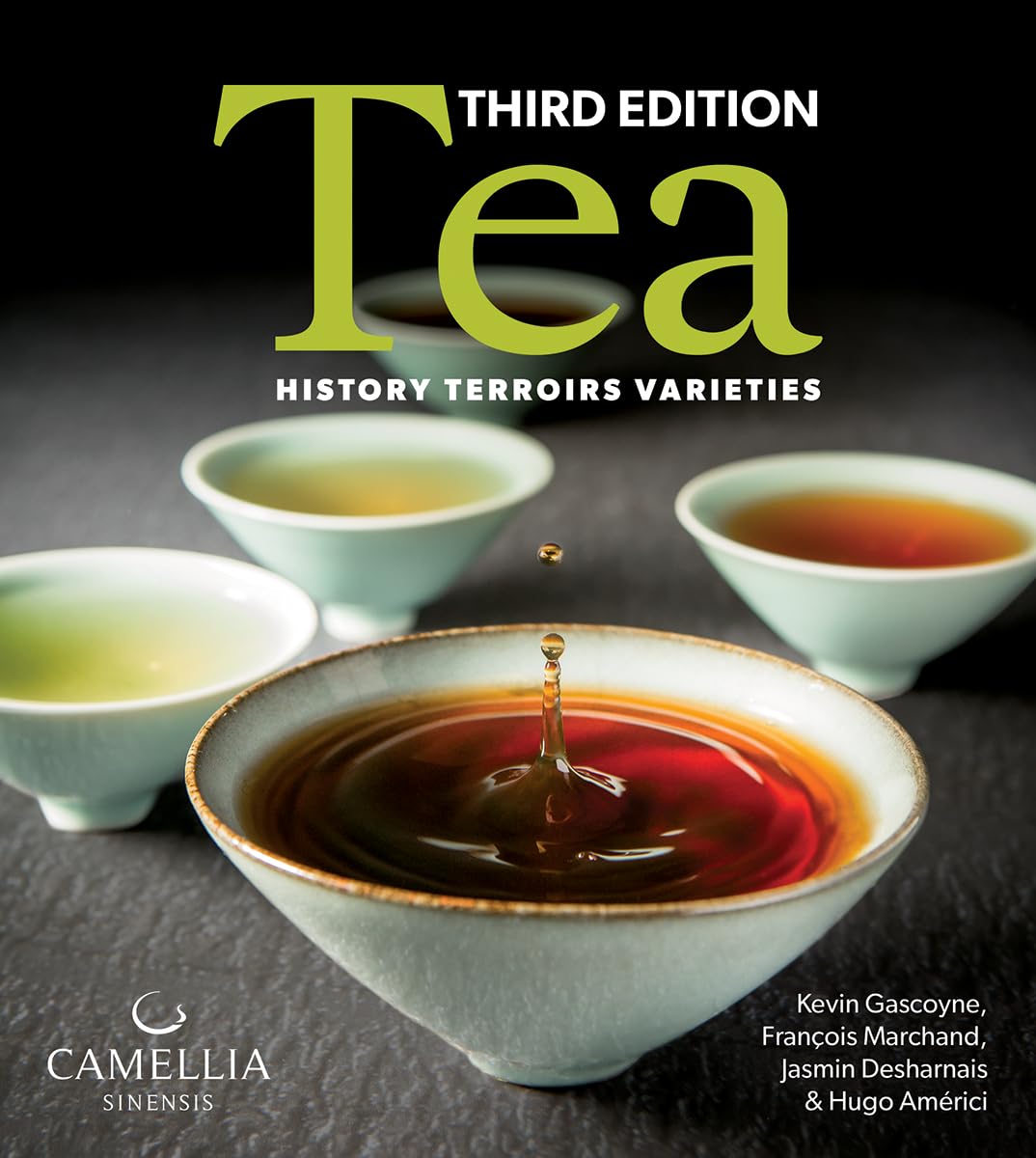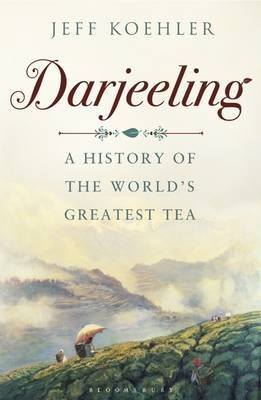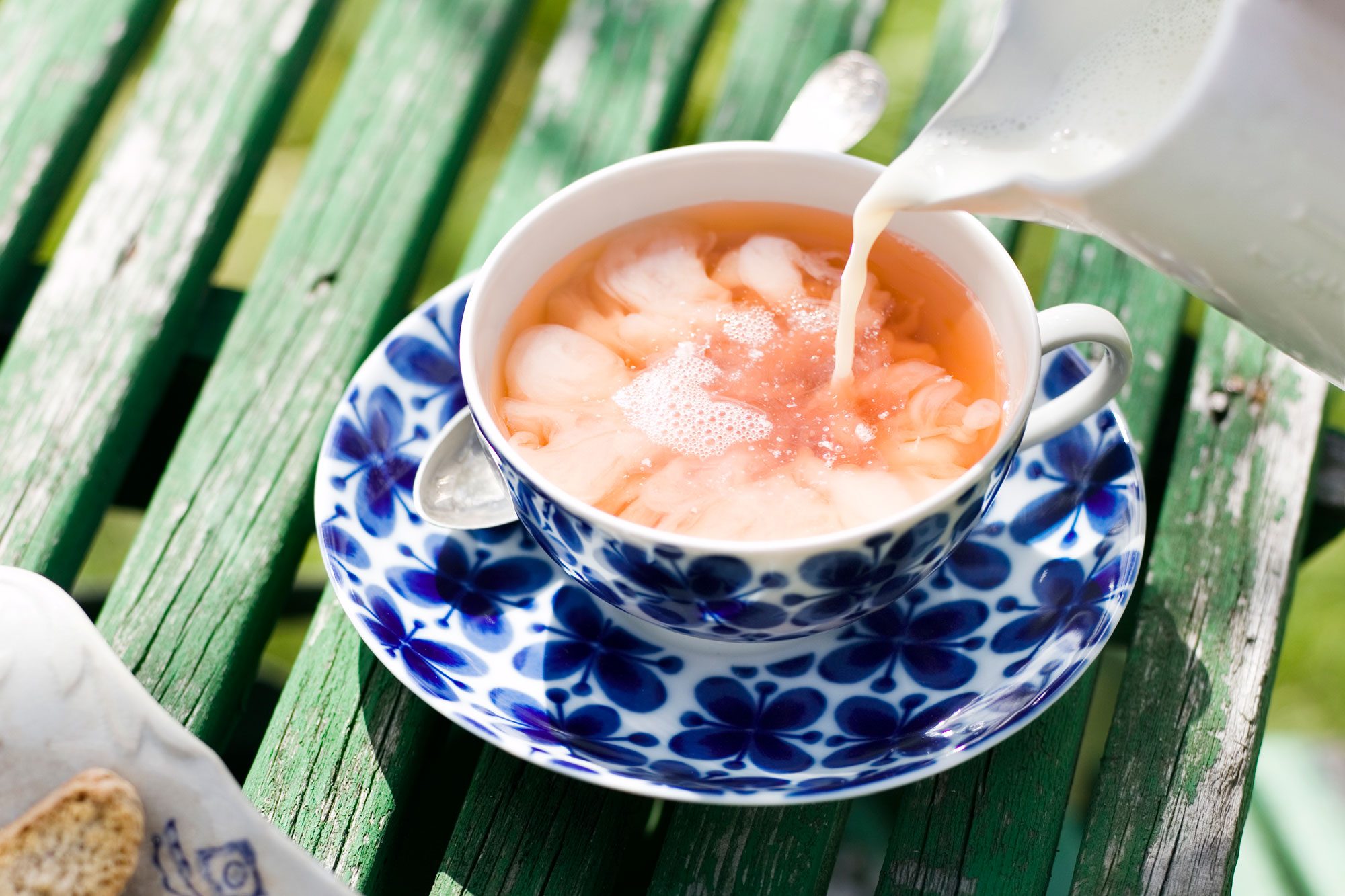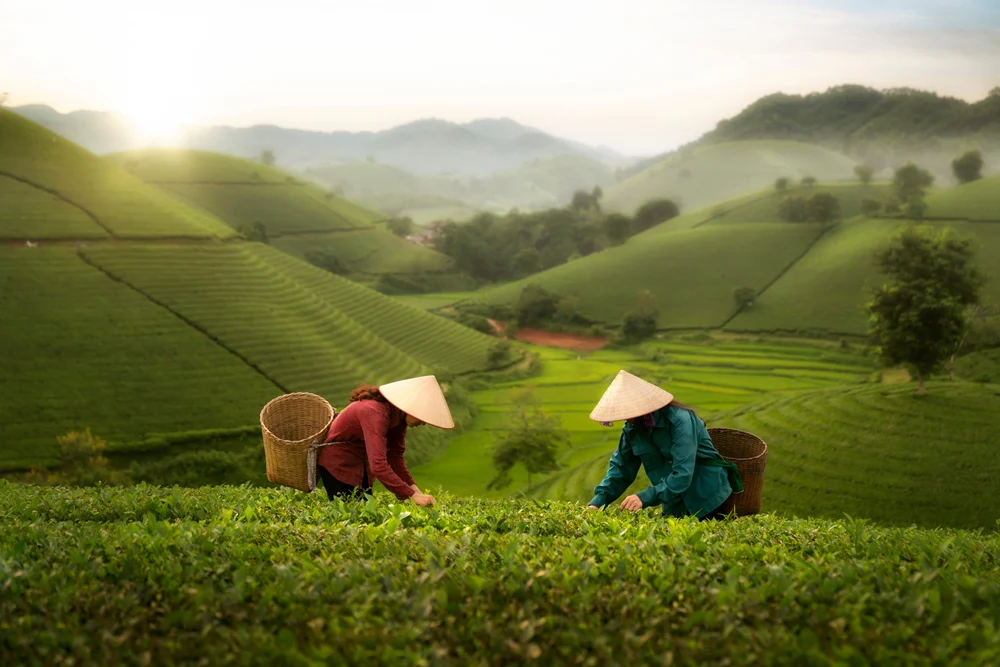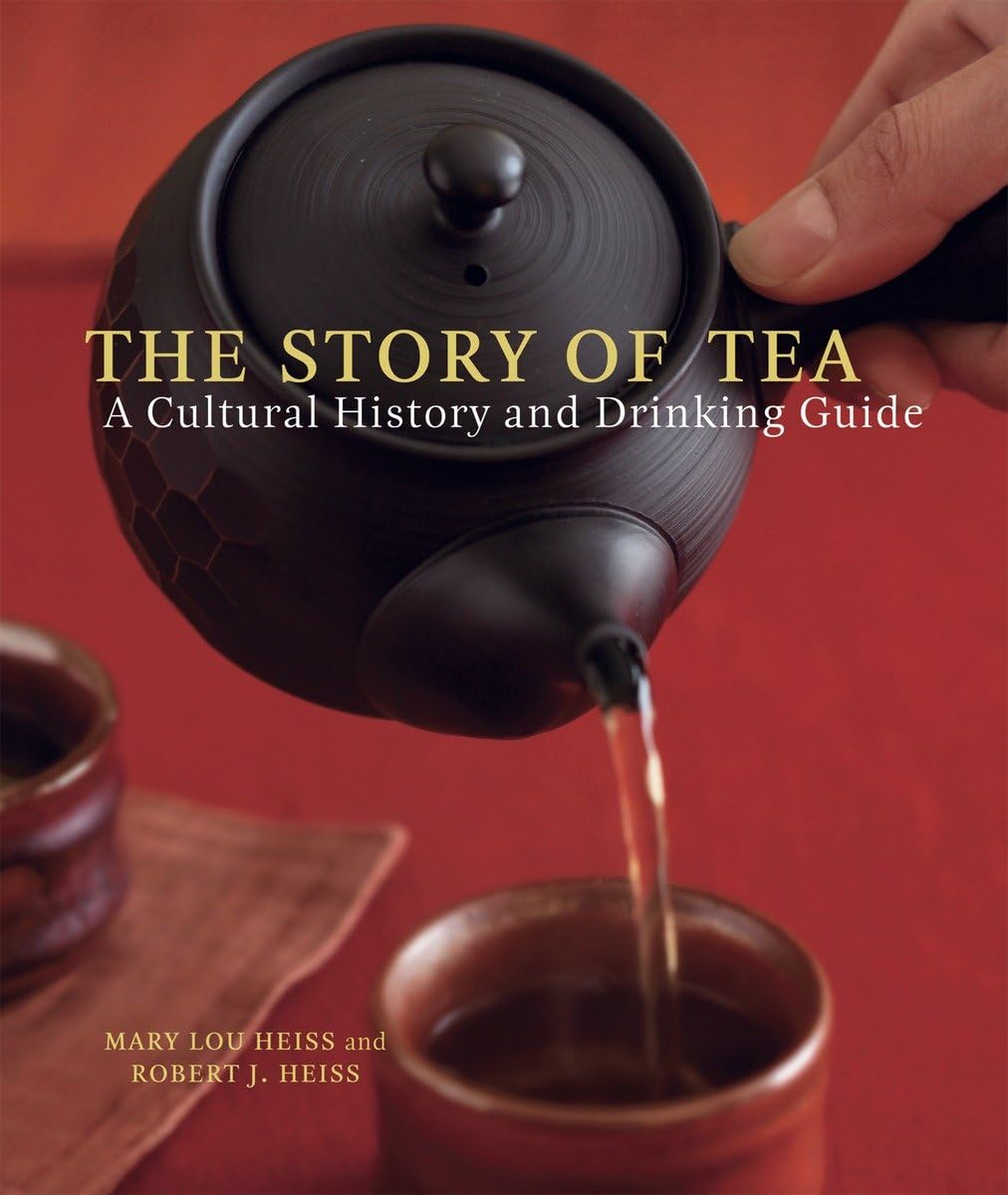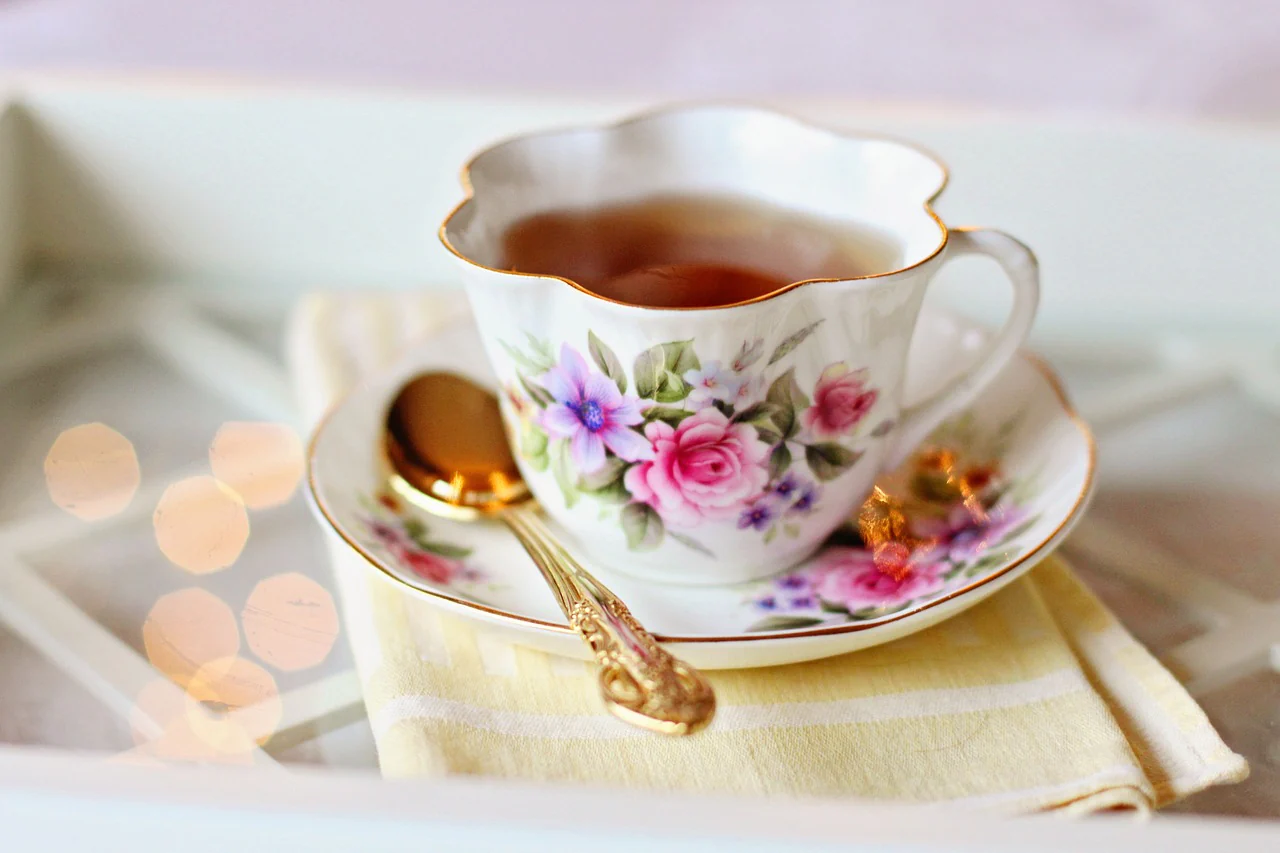Milk in Tea: Tradition, Taste, and the Ultimate Debate
The question of whether to add milk to tea has sparked debates among tea enthusiasts for centuries. While some view milk as an essential ingredient that enhances the flavor and smoothness of tea, others believe it masks the delicate nuances of the beverage. This topic dives deep into the traditions, science, and preferences surrounding milk in tea, helping you decide whether it deserves a place in your cup.
1. The Historical Roots of Milk in Tea
Adding milk to tea isn’t a modern invention—it has a rich history tied to practicality, tradition, and cultural preferences.
a. The Origins
The practice of adding milk to tea began in 17th-century Britain, primarily to protect delicate porcelain cups from cracking when hot tea was poured into them.
Over time, this practical habit evolved into a cultural tradition, especially with the rise of afternoon tea in Victorian England.
b. Cultural Significance
In Britain, milk tea is a staple of daily life, symbolizing comfort and hospitality.
South Asia: Milk is central to chai, a spiced tea blend steeped in tradition and enjoyed across the Indian subcontinent.
Hong Kong: The famous Hong Kong milk tea features a rich, creamy blend of strong black tea and sweetened condensed milk.
2. The Science of Milk in Tea
Milk doesn’t just change the color of tea; it alters its taste, texture, and even its chemistry.
a. Flavour Enhancement
Tannins, natural compounds in tea, are responsible for its astringency or slightly bitter taste. Milk proteins bind with tannins, reducing bitterness and softening the overall flavor.
This reaction creates a smoother, creamier tea that many find more palatable.
b. Temperature Moderation
Adding milk lowers the temperature of hot tea slightly, making it easier to drink without scalding your tongue.
c. Nutritional Impact
Milk adds calcium, protein, and fats, increasing the nutritional value of tea.
However, some studies suggest that milk may reduce the antioxidant activity of tea, though this effect is minimal and varies depending on the type of tea and milk used.
3. Teas That Pair Well with Milk
Not all teas are suited for milk. Some thrive with its creamy addition, while others are best enjoyed pure.
Best Teas for Milk
Black Teas: Bold varieties like Assam, Darjeeling, and English Breakfast shine when paired with milk, balancing their robust flavors.
Chai: Traditional spiced teas use milk as a base, blending spices like cinnamon, cardamom, and ginger for a rich, warming drink.
Pu-erh Tea: This fermented tea pairs well with milk, as its earthy flavors are softened and complemented by creaminess.
Teas Best Without Milk
Green Tea: Its delicate grassy and vegetal flavors can be overwhelmed by milk.
White Tea: Subtle and floral, white tea is better enjoyed without any additions.
Herbal Teas: Teas like chamomile and peppermint are typically consumed plain to preserve their natural flavors.
4. The Debate: Milk First or Tea First?
The question of when to add milk—before or after pouring the tea—has divided tea drinkers for generations.
a. Milk First
Traditionally, milk was added first to protect delicate porcelain cups from cracking.
Some argue this method creates a more consistent blend as the milk and tea mix more evenly.
b. Tea First
Adding tea first allows you to judge the strength and color of the tea before adding milk.
This approach is favored by modern tea drinkers for its control over the final flavor.
Conclusion: The choice between milk-first and tea-first comes down to personal preference, though “tea-first” is more common today.
5. Alternatives to Traditional Dairy
With the rise of dietary preferences and allergies, alternatives to cow’s milk have gained popularity.
Non-Dairy Options
Almond Milk: Light and nutty, it pairs well with spiced teas like chai.
Oat Milk: Creamy and naturally sweet, oat milk complements robust black teas.
Coconut Milk: Adds a tropical twist, especially to chai and herbal teas.
Soy Milk: Neutral and protein-rich, soy milk works well with most teas.
Tips for Non-Dairy Milks
Add non-dairy milks slowly, as some can curdle when mixed with hot tea.
Experiment with brands to find the best texture and flavor for your tea.
6. The Ritual of Milk Tea Around the World
Milk tea takes on unique forms across cultures, reflecting local tastes and traditions.
a. British Milk Tea
Served with strong black tea and a splash of milk.
Often accompanied by scones, jam, and clotted cream during afternoon tea.
b. Masala Chai (India)
A rich, spiced tea made with milk, sugar, and a blend of warming spices.
Prepared by boiling the tea and spices directly in milk for a full-bodied drink.
c. Hong Kong Milk Tea
A robust tea made with evaporated or condensed milk for a creamy, sweet flavor.
Typically served over ice or hot as a refreshing pick-me-up.
d. Bubble Tea (Taiwan)
A modern take on milk tea, featuring sweetened tea, milk, and chewy tapioca pearls.
Often served iced with a variety of flavor options.
7. How to Brew the Perfect Cup of Milk Tea
Ingredients
1 teaspoon of loose-leaf black tea or 1 tea bag
1 cup of water
1/4 cup of milk (or non-dairy alternative)
Optional: Sugar, honey, or spices
Steps
Heat Water: Bring water to a boil, then let it cool slightly to about 95°C.
Steep Tea: Add tea leaves or a tea bag to the water and steep for 3–5 minutes, depending on the desired strength.
Add Milk: Stir in milk gradually, watching the color change to your preference.
Sweeten (Optional): Add sugar, honey, or a pinch of spices for extra flavor.
Serve: Enjoy warm, with a biscuit or pastry on the side.
8. Pros and Cons of Milk in Tea
Pros
Cons
Softens tea’s astringency
May mask delicate flavors
Adds creaminess and richness
Slightly reduces antioxidant levels
Enhances certain tea blends
Not suited for all teas
Provides extra nutrients
May not suit lactose-intolerant individuals
9. Final Thoughts
The question of whether to add milk to tea is a deeply personal decision influenced by taste, tradition, and cultural context. For some, milk elevates the experience by adding richness and balance, while others prefer the pure essence of unadulterated tea. Ultimately, there’s no right or wrong answer—only what brings you joy in your cup.

Resolving the ultimate debate: Milk in tea
